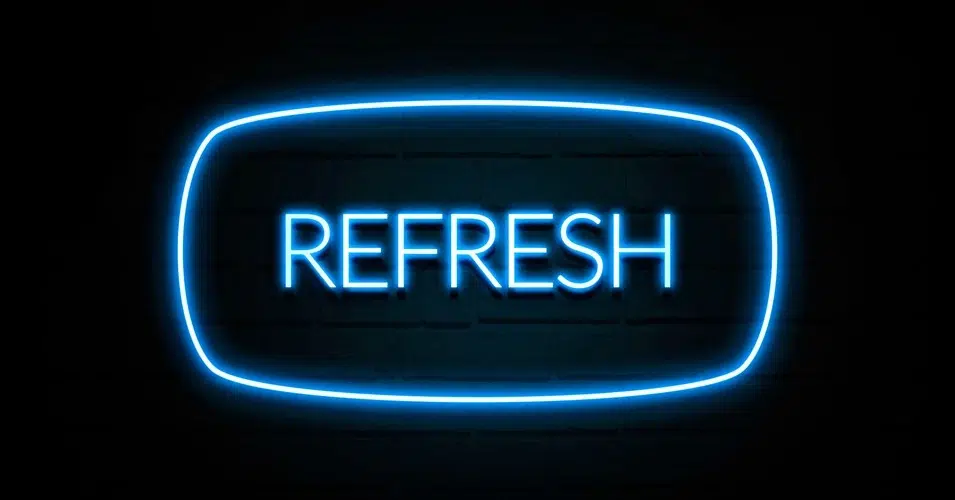
Considerations for IT infrastructure optimization
At some point, your hardware will reach the end of its life. When this time comes, you’ll have to make some big decisions. Will you invest your budget and cycles to maintain your current hardware? Or will you shift and refresh your infrastructure?
There are several things to consider, including the cost of maintaining legacy hardware and how much you might lose in business if you don’t innovate and refresh. These points need to be balanced with considerations of how much you want to spend yourself while contending with a global chip shortage that is set to continue through at least part of 2023 and overall manufacturing delays.
Deciding where to place your budget and priorities means taking numerous factors into account.
If you decide to move forward with older hardware, how can you ensure it meets business requirements? Is it aligned with the rest of your infrastructure? If you decide to refresh hardware, how do you convince your organization to move forward?
We’ll cover some of the things organizations should evaluate when making a decision between maintaining legacy hardware and refreshing systems, plus what to include in assessments and evaluations to ensure you are making the right decision for your business.
Considerations with outdated hardware
Older, outdated hardware can cause costs and technical risks to creep up. Holding on to legacy hardware also tends to limit agility.
What used to work on your hardware may no longer stand up to new technological demands. Why? Systems are getting faster and putting a strain on older equipment. Also, new integrations from software and applications ask more of legacy systems.
Businesses that hold off on refreshing hardware are prone to experiencing the costs of doing nothing. To overcome these downsides, organizations need to do the following:
1. Assess systems
When assessing systems, businesses shouldn’t limit their thinking to how their current infrastructure functions.
When conducting an assessment, we recommend taking the following questions into consideration:
- How is the current equipment performing? Is it functional or is it having failures and not hitting metrics?
- Is there a manufacturer decision to EOL equipment that is forcing you to go with something new? Is that why you’re interested in comparing your current systems to other solutions?
- Where are your business goals and the needs of your environment as a whole? Will you need to increase capacity in the future?
- Would an optimization strategy that incorporates cloud computing be a solution to systems that are currently underperforming?
In addition to performing a system assessment, you should also conduct a budget assessment. Is a change in budget contributing to your decision to consider alternative solutions?
2. Understand the lifecycle plan for equipment
The lifecycle of a business’ equipment includes four main phases – planning, procurement, operation/maintenance, and disposal.
When organizations are in the process of developing plans to replace or buy a new piece of equipment, they enter the planning phase.
This phase should include a list of:
- Current needs
- Future anticipated needs
- How the equipment can serve as a cost-effective solution to fulfill those needs
As long as the equipment is within budget, it enters the procurement phase and is on its way to being operational. Once a piece of equipment is in use, it must also be maintained to keep it running at its best.
Finally, once the maintenance outweighs the usefulness of the equipment, it enters the disposal phase. This stage may also come with some considerations for safe and compliant disposal. Before entering this cycle with a new piece of equipment, businesses must create a plan around:
- The general approach to new equipment
- The management of equipment lifecycles
3. Evaluate modern alternatives
While adding new equipment and refreshing current hardware can be a solution for businesses, modern cloud alternatives, such as hybrid, private, and public clouds, shouldn’t be ignored.
Cloud solutions allow organizations to scale up and down their infrastructure needs with ease, without the purchase of additional space, or the concerns that space and resources are wasted during slow periods. Typically, cloud infrastructure can integrate with legacy systems and allow for a smooth migration to the cloud while:
- Evaluating legacy dependencies
- Moving off of end-of-life hardware
If you’re using the end of your hardware lifecycle to examine your infrastructure costs, moving to the cloud can be a budget-friendly alternative to bring to leadership looking for efficiencies that emphasize performance while minimizing expense.
Secure and modern data centers are a requirement for businesses looking for cloud-based infrastructure support, but there’s often no need to take on the building of a facility yourself. Working with a chosen partner is almost like working with a utility. Providers can offer the connectivity and infrastructure to move your cloud journey forward without worrying about the day-to-day.
Looking to overcome your technical debt and end-of-life hardware concerns?
Taking too long can increase your costs and technical risks associated with your aging hardware. It also impacts your business’s ability to be agile. Don’t let those challenges hinder your growth. Moving to a cloud infrastructure might help mitigate some of those challenges. Learn more about how the cloud can help you achieve your IT infrastructure goals.

